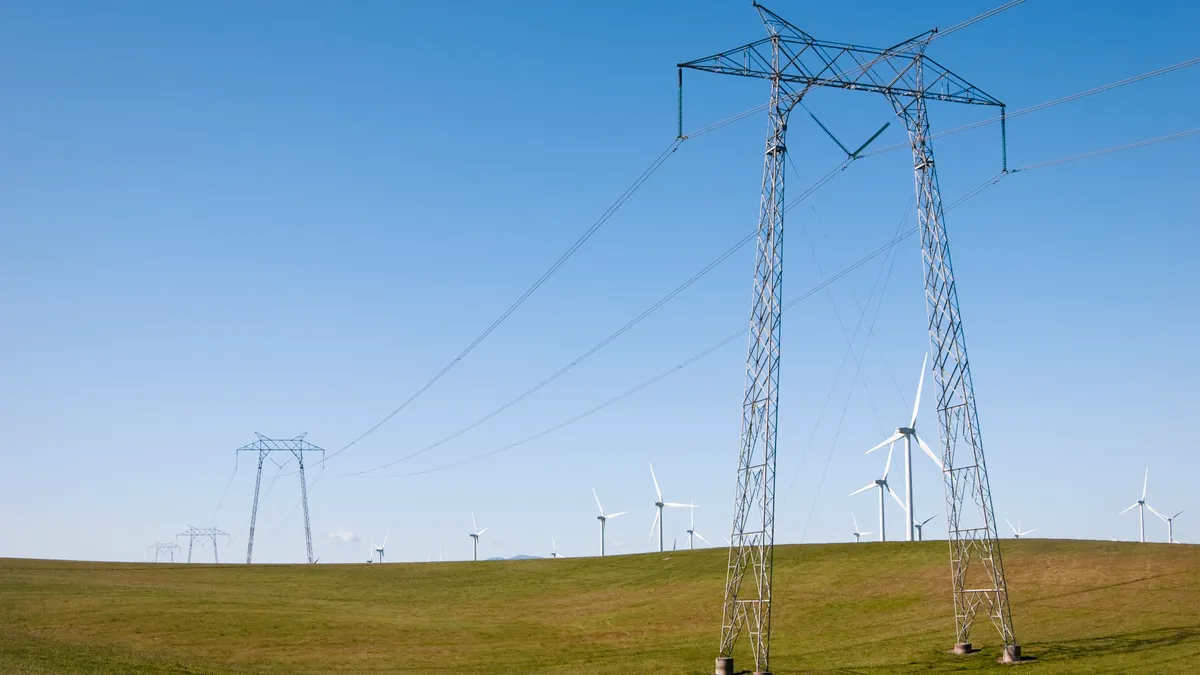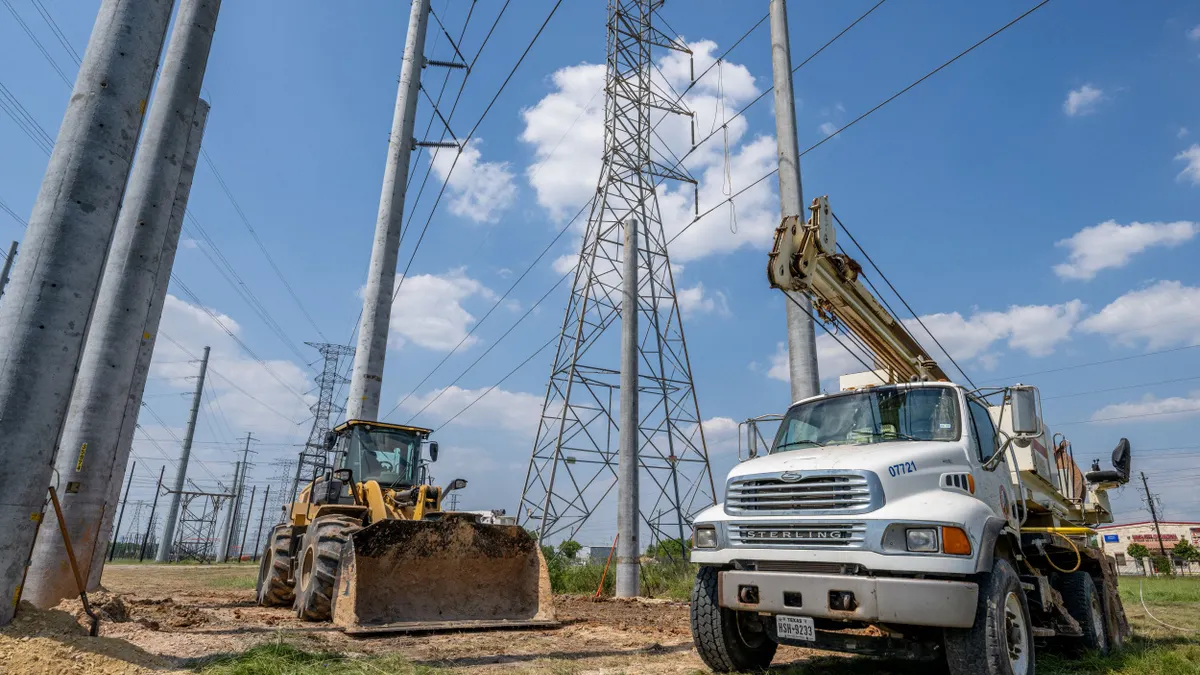Bob Jenks is executive director of the Oregon Citizens’ Utility Board and Oregon representative of the National Association of State Utility Consumer Advocates.
Whenever you see a celebrity promoting a product, you probably approach their endorsement with a healthy dose of skepticism. It’s not that an endorsement from a celebrity influencer is inherently bad, it’s that you know they’re trying to get you to buy something.
We should bring a similar level of skepticism to the study commissioned by the Western Markets Exploratory Group, or WMEG, a coalition made up of Western utilities, that compares different scenarios for one or more day-ahead energy markets in the West. The study reads like an advertisement for a product that’s missing important context and comparisons — and as individual utility results appear in dockets around the West, public utility commissioners should approach it as such.
As temperatures hovered over 100 degrees last summer and ratepayers depended on electricity to keep cool, it was again made clear that coordinating energy resources across state lines is essential to the health and safety of life in the West. A regional transmission organization has seemed like the obvious solution. When it was 110 degrees in Phoenix, it was 72 degrees and windy in Laramie. A regional transmission organization would allow Arizona to buy excess wind power from Wyoming during summer heatwaves, and sell excess solar to Wyoming during winter deep freezes. A regional grid that includes Pacific Northwest hydropower, Rocky Mountain wind and Southwest solar would benefit everyone. The West is one of the only regions in the U.S. that doesn’t already collaborate like this, and Western states are missing out on energy reliability, affordability and jobs because of it.
Standing up an RTO in the West will likely take several years, but one intermediate step is for utilities to join what’s called a “day-ahead market” — an arrangement that allows participants to purchase power a day in advance based on demand predictions. Southwest Power Pool and the California Independent System Operator have both put forward plans for day-ahead markets, with one key difference: CAISO’s Extended Day-Ahead Market will include California; SPP’s Markets+ will not. So what does all this have to do with WMEG? Its 2023 study compares these two scenarios and concludes Markets+ is a better deal for some of the utilities in the study. However, their analysis misses a few critical elements. Let’s take a closer look.
The biggest flaw in the WMEG study is that it’s too narrow. It’s a bit like the parable about five blind men encountering an elephant for the first time — one man holds only the tail and thinks the elephant is a rope. Another man touches only a leg and thinks an elephant is a tree, and so on. In this analogy, the elephant is the day-ahead market, and the WMEG study is surveying a single tusk.
In determining the distribution of cost savings across Western states, the study examines only operational savings — what utilities will save as part of their day-to-day operations — and ignores capacity savings, which is what the utilities — and subsequently their ratepayers — will save as a result of expanding the footprint of the grid. This is a massive oversight, as most of the savings associated with regional markets come from the ability to draw on a diverse portfolio of cheaper, cleaner and more reliable resources across a broad geographic region, not from nominally lower grid operating costs.
When Advanced Energy United commissioned a study on the economic benefits of a Western RTO, researchers found that Oregon would save nearly $200 million every year in a regional market that includes all 11 Western states. Other states would see comparable savings. The same study showed that a Western RTO would create more than 650,000 good-paying jobs across the region and generate nearly $80 billion in additional Gross Regional Product annually by 2030.
Another major flaw in the WMEG study is that it does not take into consideration the extrinsic benefits of establishing a regional grid, such as enabling states to meet their policy goals. States are working hard to shore up their energy reliability, aiming to get more clean energy onto their grids, and focusing on energy affordability for their residents, especially as inflation and higher fuel prices drive up electricity bills.
The bottom line: Experts agree the biggest dividends will come when states collaborate across the broadest possible geographic footprint. For everyone except for the handful of utilities that save money under the Markets+ scenario, cutting California out of the mix is akin to cutting off one’s nose to spite one’s face — and it will hurt no one more than ratepayers.
Regional coordination is a major win for families, businesses and state economies all across the West, and if we do it right, it could be a win for utilities, too. A Western day-ahead market that includes all states in the West will help us improve grid reliability, deliver more affordable energy to consumers and put us on the path to the grid of the future. State utility commissioners should consider the whole elephant — not just the sliver that’s being presented in a single utility-sponsored study.






















